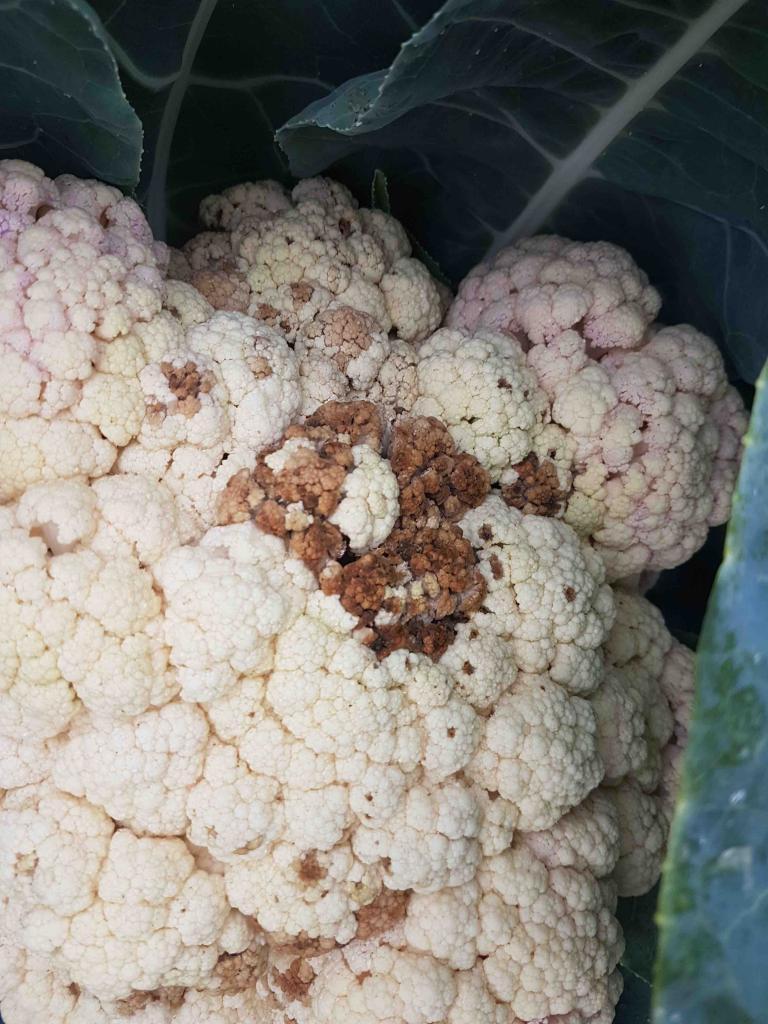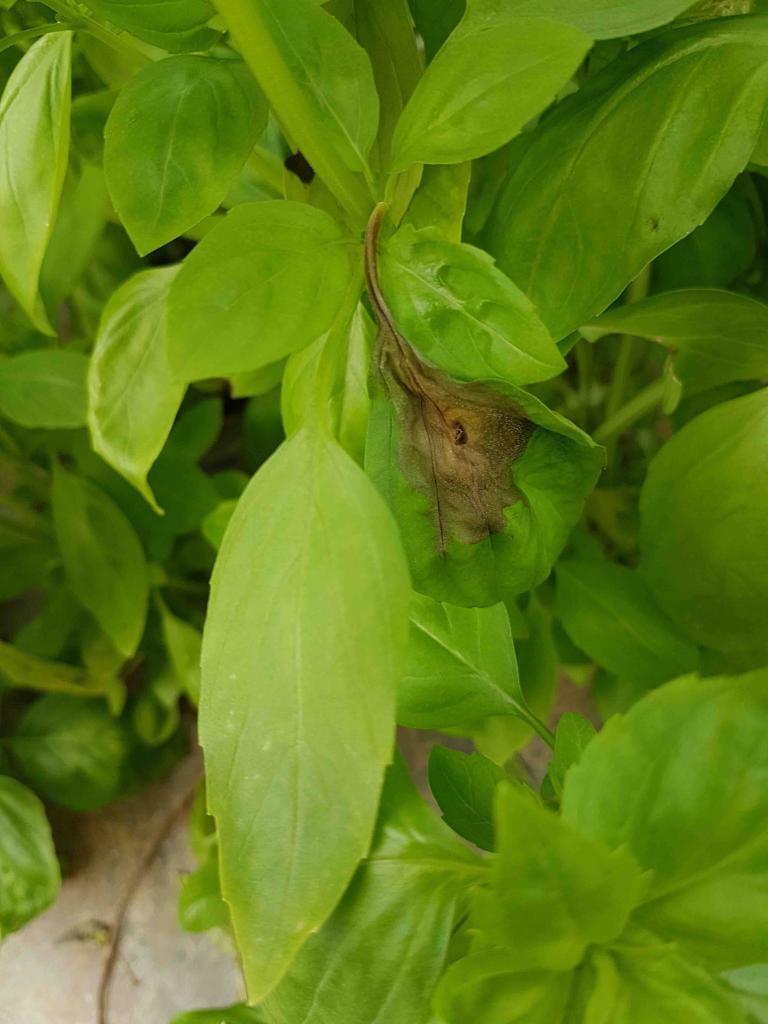Botrytis cinerea
Strawberry, raspberry, blueberry, oregano, basil, sunflower, cabbage, cauliflower, pea, rose, chrysanthemum, lettuce, cucumber, squash, melon, pumpkin, zucchini, watermelon, peppers, grapevines, tomatoes, apples, and hundreds more.
Botrytis cinerea is a common fungal disease with worldwide dispersion; it develops primarily during winter time in open fields and closed structures, but tends to appear on crops growing inside covered structures. It favors high moisture conditions.
Botrytis cinerea is saprophytic, meaning it can live on dead plant debris. Its life cycle includes mycelia, conidia (for dispersal) and sclerotia (for survival). Mycelia will germinate when conditions are suitable and produce conidia that will spread with the release of spores from infected plant tissues by wind, water splashes, and mechanical means.
Botrytis cinerea has a tendency to attack injured plant tissues. Infection generally begins after spores enter an existing wound. Spores can develop in broad temperatures ranging from 8 to 20°C. As the disease progresses, a dense gray-brown fuzzy mycelium forms and causes infected tissue to dry. Botrytis cinerea can also occur post-harvest.
The sooner the better: It’s easier and more cost effective to overcome infestation by controlling botrytis cinerea in its initial stage. Make it a routine to monitor the field regularly and search plants for the presence of botrytis cinerea on a weekly basis.
As with any moisture-favorable disease, various techniques taken during crop growth can reduce the chances of infection and spread: Maintain adequate space:
Avoid over density planting in order to allow light to penetrate and promote the quick drying of leaves and fruits on humid days.
Sanitation: Remove plant debris and make an effort to keep your field and its surroundings as clean as possible
Improve air circulation: Promote drying foliage and shorten the duration of wetting periods by introducing net curtain vented areas
Proper soil drainage: The presence of standing water will promote the spread of botrytis cinerea
Other moisture reduction techniques include covering the ground with polyethylene sheets to reduce evaporation from the soil
When conditions for botrytis cinerea are expected, consider spraying once every 10-14 days with fungicides. Don’t use products containing the same active ingredients in consecutive treatments. Use fungicides belonging to different groups to prevent pathogens from developing resistance to a specific chemical.
The following is a list of generic names of fungicides used in one or more parts of the world: pyrimethanil, cyprodinil+fludioxonil, fenhexamid, and iprodione.
Products based on tea tree oil and Potassium Hydrogen Carbonate+copper sulfate
Bacillus subtilis
*Names marked in red are considered to be highly poisonous to beneficial insects.
*Names marked in green are considered to be organic and IPM (integrated pest management) compatible.
Image Gallery


